The high points of KIFF: Off-beat films, world cinema
Boasting of a varied fare of world cinema and a rich oeuvre of films from southeast Asia, the 19th edition of the Kolkata International Film Festival (KIFF) pleased the masses as well as the classes, a few glitches notwithstanding.
Published: Monday,Nov 18, 2013 00:20 AM GMT-07:00
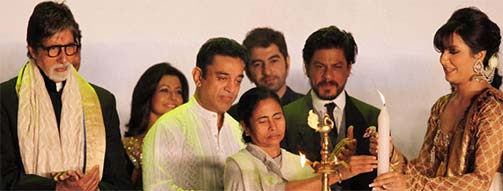
Boasting of a varied fare of world cinema and a rich oeuvre of films from southeast Asia, the 19th edition of the Kolkata International Film Festival (KIFF) pleased the masses as well as the classes, a few glitches notwithstanding.
As much as movie-enthusiasts relished world cinema, filmmakers from various nations enjoyed Indian classics. A discussion on films coupled with master classes by renowned directors and the free-wheeling question-and-answer sessions engaged the young and the old alike.
The festival kicked off Nov 10 with a star-studded opening ceremony -- under the supervision of West Bengal Chief Minister Mamata Banerjee. The opening ceremony, many said, resembled a film awards night more than the usually sombre opening ceremony of a niche film festival.
Things, however, cooled off in the following days (Nov 11-17), in terms of what is called the "glam quotient". Once the screenings started, the focus returned to the films.
The films selected for screening were lauded by filmmakers from various countries, who turned out to be the "real stars" for the film buffs.
Israeli filmmaker Amos Gitai's master class on day one drew a youth-driven crowd, most of whom were film studies students. Tackling technical questions from the youngsters to patiently listening to comments from the seniors, Gitai left a very good impression.
But things took a downturn with the screening of his film "Ana Arabia", that was delayed by almost three hours due to a technical glitch. However, that failed to deter the masses.
While the absence of Philip Cheah -- the festival director of Singapore International Film festival -- from the discussion on south east Asian films was a low, the situation looked up with Malaysian filmmaker-animator Hassan Muthalib encouraging upcoming independent filmmakers to hold their own.
Mustafa Sarwar Farooqi's "Television" got the Network for Promotion of Asian Cinema (NETPAC) award.
What intrigued audiences was the segment "Shades of Black and White" that screened contemporary black-and-white films. Brazilian filmmaker Eduardo Nunes was overwhelmed at the reception of his "off-beat" debut feature film "Southwest", specially by youngsters.
"It is heartening to see young people like the film... I hope they can spread the magic of such films."
It was not just the experience of watching their own film with Indian audiences that swayed the filmmakers. The opportunity to watch cult Indian classics or auteur cinema -- a genre that does not reach the global audience -- also moved them.
The festival cleared notions that Indian cinema was all about Bollywood. Directors like Nunes preferred to watch the "more quieter" classics like "Mahanagar" by Satyajit Ray, "Teesri Kasam" and "Chalti Ka Naam Gaadi".
"We don't get any Indian auteur cinema in Poland...it's mostly the singing and dancing," rued filmmaker Rafael Stemplewski.
Noted Indonesian director Garin Nugruho also said the popularity of Indian films had dwindled lately in his homeland, as more films take the western approach.
KIFF's stature amazed Iraqi-Kurdish filmmaker Adnan Osmam.
"I think the festival is even bigger than the Cairo film festival," said Osman.
Though the range of cinema offered to audiences was lauded by Paolo Bertolin, south-east Asia and Pacific selector for the Venice Film Festival, the technical aspect drew criticism.
"The fact they are focusing on south east Asia is very good... there's a variety of Asian cinema that are being screened. However, one thing they could enhance is the technical part... that needs to be better," Bertolin told IANS.
Join Our WhatsApp Channel
Stay updated with the latest news, gossip, and hot discussions. Be a part of our WhatsApp family now!
Join NowYour reaction
 Nice
Nice Great
Great Loved
Loved LOL
LOL OMG
OMG Cry
Cry Fail
Fail

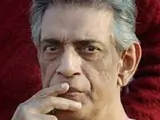
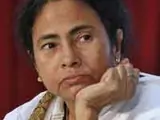
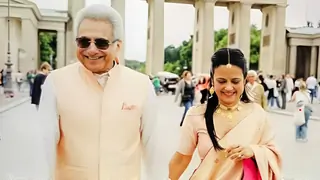





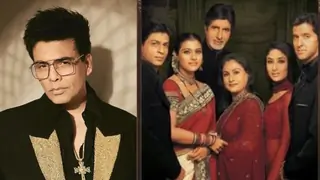




Post a comment